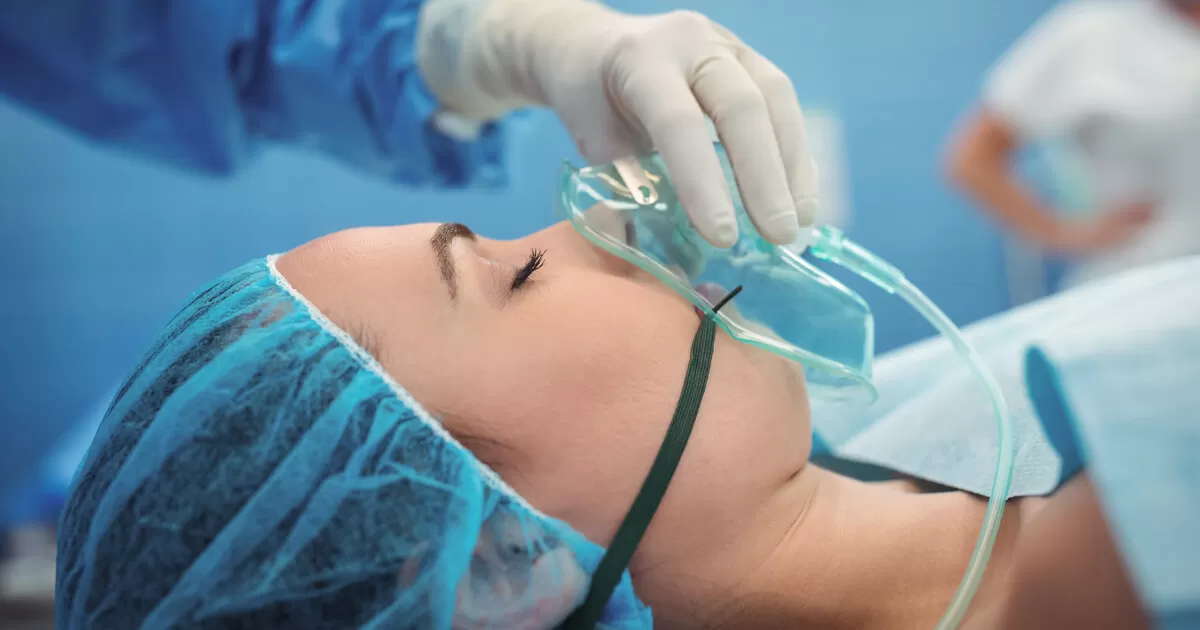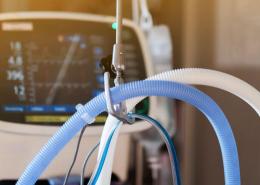Answers to Common Questions About Anesthesia

At some point in our lives, we might undergo some form of medical procedure that requires anesthesia. While you may know that anesthesia is a medical treatment used to prevent people from feeling pain during surgery, you may have questions about the different types of anesthesia, how they work, and their overall safety profile. The information below can answer some of those questions.
What are the different types of anesthesia and when are they used?
There are 3 main types of anesthesia: local, regional, and general.
With local anesthesia, you remain awake and comfortable. This type of anesthetic numbs one small part of the body, such as a single tooth, a cataract on a person’s eye, or a small skin growth such as a wart or mole.
With regional anesthesia, you also remain awake and alert. However, this type of anesthetic blocks pain in a larger area of the body, such as everything below the waist, an arm, or a leg. A common type of regional anesthetic is an epidural, which is often used during childbirth.
General anesthesia affects your whole body, making you unconscious. It is used for surgery on internal organs such as the heart or brain, and for long procedures such as back surgery. With general anesthesia, you should not feel any pain or remember the procedure afterwards. Rarely, one or two people out of 10,000 may become conscious while under general anesthesia. This is called anesthesia awareness. The person may recall his or her surroundings or an event related to the surgery but usually does not feel pain.
Is anesthesia safe?
Anesthesia today is safer than in the past, due to advances in the medications themselves and improved technology to monitor the patient. Of course, as is the case with any medical procedure, anesthesia can have side effects. Some of these can make you uncomfortable or frustrated, but most side effects don’t last long. The side effects you may experience depend on the type of anesthesia you receive.
- General anesthesia can cause nausea and vomiting, sore throat, confusion, muscle aches, itching, and chills or shivering.
- Regional anesthesia may cause headache, minor back pain, difficulty urinating, and bleeding under the skin where the anesthesia was injected.
- Local anesthesia side effects are usually minimal and include allergic reactions to the anesthesia. These reactions are rare.
To help ensure your safety when receiving general anesthesia, the anesthesia professional (called an anesthesiologist) will stay with you for the entire procedure, constantly monitoring important body functions and adjusting the anesthesia medicine as needed.
Before receiving anesthesia and having the medical procedure, the benefits and risks of both should be explained to you by your healthcare providers. In addition, they should answer any questions you might have. Only then should you agree to have the procedure (including receiving anesthesia). This is called informed consent.
What should you ask the anesthesiologist before your procedure?
Communicating with the anesthesiologist is important before a procedure that requires anesthesia.
The anesthesiologist may meet with you prior to your scheduled surgery, or before the procedure begins. During this meeting:
- He or she will review your medical and anesthesia history and any lab results.
- He or she will also answer questions that you may have about the anesthesia you will receive.
- Tell your anesthesiologist if you’ve ever had reactions or side effects from a procedure or surgery. He or she might be able to give you medicine that may help or make other adjustments to prevent them.
In some cases, you may meet with the anesthesiologist several days before the procedure. The anesthesiologist will tell you when to stop eating and drinking, as well as what schedule to follow for taking any medicines. If you smoke, tell your anesthesiologist. Try to stop smoking as far in advance of the procedure as possible. Smoking can increase your risk for problems during and after your procedure. The surgeon will sometimes discuss these subjects with you also.
What to expect after your procedure
After your procedure, the anesthesiologist will:
- Reverse the effects of the anesthesia (bring you back to consciousness) if you had general anesthesia.
- Monitor you and order any medicines needed for a safe recovery.
You should be aware that:
- Because anesthesia can remain in the body for up to 24 hours, you may not be allowed to leave the facility alone or to drive.
- If you are permitted to leave the facility after a procedure, it may be recommended to have someone stay with you during the first 24 hours.
- Depending on the procedure you received, you may want to spend the day resting quietly. For example, if you have small children, arrangements should be made for someone to care for them for the day.
During the first 24-hour period, certain substances may interact with anesthesia that is still in your body and cause adverse effects. For example, it may be recommended that you avoid alcohol during this time. In addition, ask about the medicines, if any, that you normally take and when you can resume taking them.
You should also talk with your healthcare provider about what you should eat. He or she may have you drink only liquids at first and then progress to a light meal.
Note that what happens after your procedure may vary based on the type of anesthesia you received.
What a parent needs to know
If a child is going to have a procedure that requires anesthesia, it’s important that the parent:
- Discusses the child’s medical history with the anesthesiologist.
- Prepares the child for the procedure (for example, when to stop eating and drinking, and what, if any, medicines he or she should take before the procedure).
- Talks with the child about what to expect before, during, and after the procedure. It’s important for the parent to stay calm and reassuring during this time. Doing so can help the child stay calm and recover faster.
Dipali Davé, MD, MHA, is a physician and the Assistant Editor and Medical Researcher for Pfizer’s Get Healthy Stay Healthy website.





